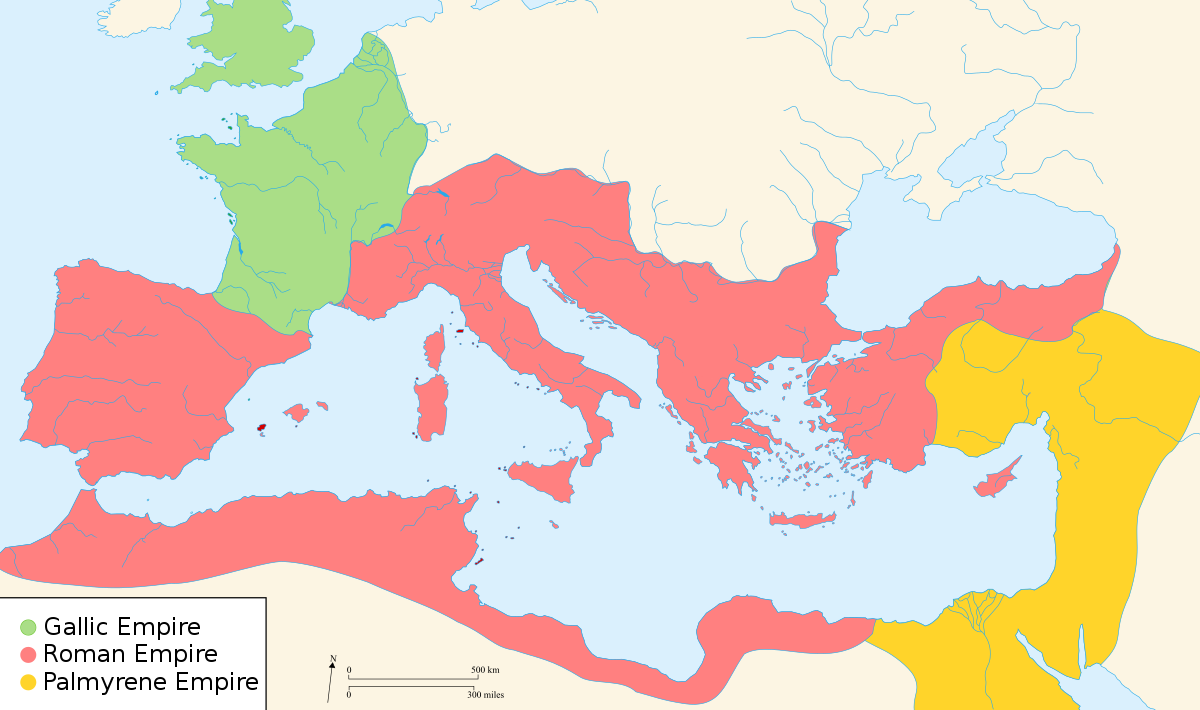Well....no. Although as click bait goes, that is likely to be the intention.
This specific evidence for the plague was found in Egypt. And that's about the closest it comes to being tied to the Biblical plagues.
This particular plague was already known as the Plague of Cyprian, from the Bishop of Carthage who wrote of its effects. This archeological evidence was able to be tied to this one rather than a more localized outbreak. It occurred in the Third Century AD, starting by 250 AD and continuing for at least twenty years. Which means that it was about two hundred years after the destruction of Jerusalem by the Romans. Similarly, it was about three hundred years after the Roman conquest of Egypt. This is a Roman plague, not an Egyptian one, although widespread enough to decimate the population in these areas all around the Med.
(Bonus Crisis: Wikipedia says this was part of the Crisis of the Third Century, when the Roman Empire was not doing very well for itself. Roma est omnis divisa in partes tres, not just France.)
(Bonus Bonus: Since when is Carthage a Roman city? Didn't they sow the land with salt? Evidently since Julius Caesar. And evidently not.)
 |
| And here's what's left after the eruption. (Egypt is a few hundred miles southeast.) |
(Thera exploded in the 17th Century BC, for those who consider that a candidate.)

No comments:
Post a Comment